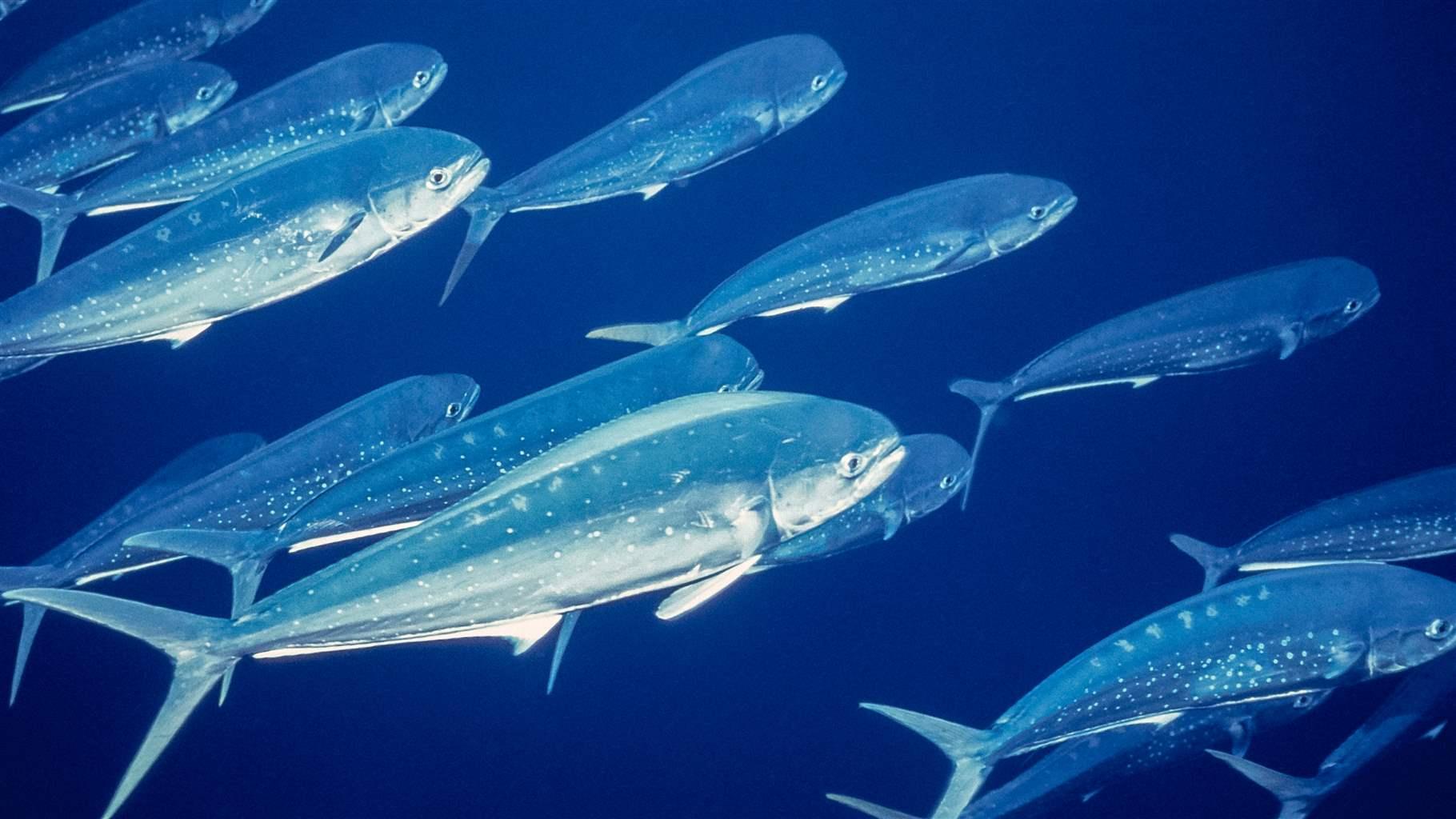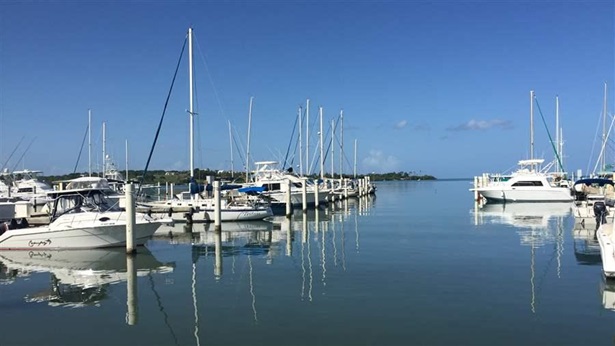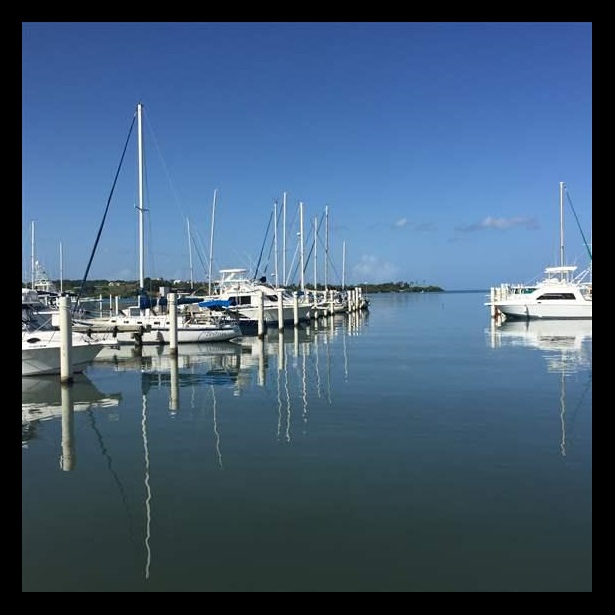Caribbean Blazes New Path Toward Protecting Corals, Fish, Communities
Puerto Rico and U.S. Virgin Islands to get customized fishery rules

One size doesn’t fit all, and that cliché was at the heart of a recent decision to revamp fishing guidelines in the U.S. Caribbean.
Island-based fishery management plans will now guide managers in designing policies that are specific to the biodiversity, culture, and other characteristics of different locations after the U.S. secretary of commerce in September approved a proposal to allow such tailored plans for Puerto Rico and the U.S. Virgin Islands.
These individualized plans will protect corals and spawning fish and help ensure that some popular species, including dolphinfish (mahi-mahi), are caught sustainably. This new way of operating marks an important step toward ecosystem-based management, a more comprehensive approach that considers the larger ocean ecosystems when setting fishing rules. The approach will be better for the marine environment and the people who rely on it. From tourism to fishing businesses, the ocean powers the Caribbean economy, and these new plans will help balance human needs with sustainable management of the region’s diverse ecosystems.
Until now, the Caribbean Fishery Management Council, which initially approved the island-based plans in April 2019, has set most of its fishing rules by treating Puerto Rico and the U.S. Virgin Islands as a single unit. But that approach didn’t account for the differences in culture, fishing practices, or the marine environment across the communities.
For example, the plans for St. Croix, Puerto Rico, and St. Thomas/St. John (the two neighboring islands share a plan) may now each call for a different catch limit for the same species, allowing a higher limit where the fish is more culturally important or more abundant.
Additionally, the plans will prioritize protections on fish-spawning habitat. Some species return to the same spots to spawn for generations—protecting these special places will boost healthy fish populations and improve the recovery chances for ocean species in decline.
Island-based fishery management plans also include proactive measures to promote sustainable fishing of 21 species that currently aren’t regulated, including dolphinfish (mahi-mahi)—one of the Caribbean’s most popular catches. Plans call for setting annual limits and identifying essential habitat for each of the newly managed species. In addition, catch limits for parrotfish and surgeonfish will be reduced to account for their essential role in maintaining healthy coral reefs, and harvesting the largest parrotfish will be prohibited.
The plans will maintain some current rules, such as a prohibition on harvesting all coral species under federal jurisdiction or engaging in activities that can damage corals, such as anchoring boats or using certain kinds of fishing gear.
Today’s decision will help shape a better future for the region’s people and ecosystems, a forward-looking approach that should pay dividends for decades.
Holly Binns is a project director and David Ortiz is a manager with The Pew Charitable Trusts’ project to conserve marine life in the United States.














